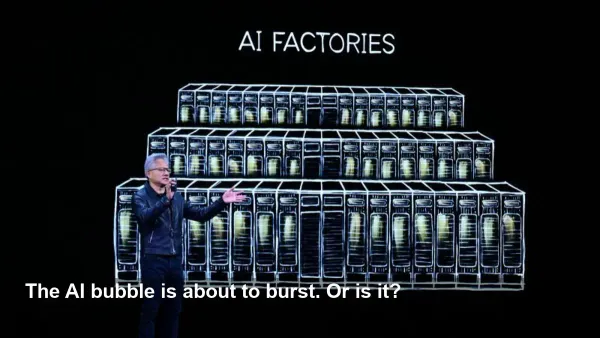AI
Google's AI Chaos: The Real Story Behind Gemini
* Google's rush to release Gemini was a high-stakes response fueled by intense pressure to compete with OpenAI's GPT-4. * The development process involved merging the historically rival teams of Google Brain and DeepMind, creating a tense, internally competitive environment. * A widely publicized launch demo video, meant to









